Splenomegaly
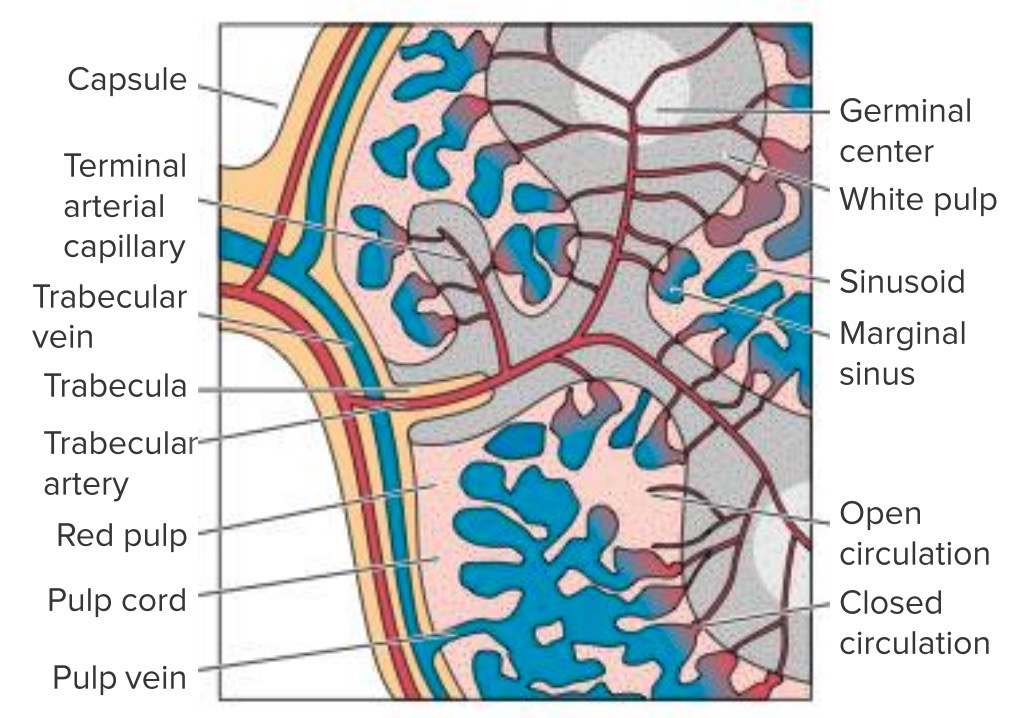
Overview The spleen is not considered a vital organ, since the body can survive without it. However, the spleen is the largest lymphoid organ and has an important role in immunity and blood filtration. Definition A spleen is considered enlarged when it can be palpated 2 cm below the costal margin or when imaging shows […]
Yaws, Bejel, and Pinta
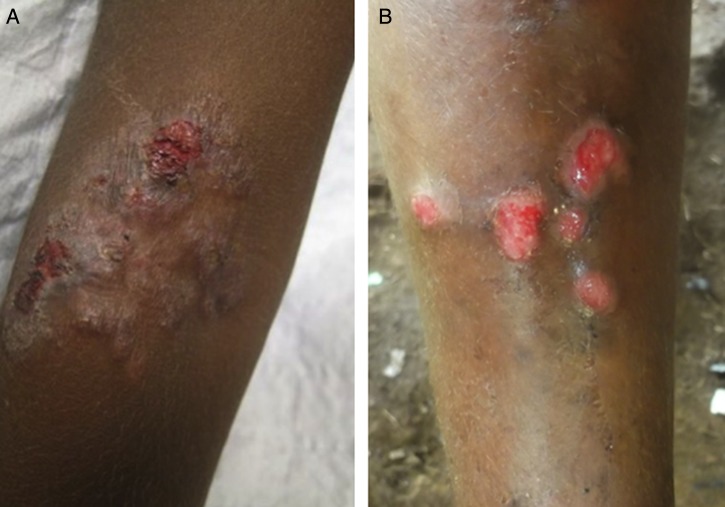
Epidemiology and Etiology Epidemiology Yaws (most common): Bejel: Pinta: Etiology Pathogenesis Reservoir Humans are the only reservoir. Transmission Pathophysiology Clinical Presentation Yaws Primary phase: Secondary phase: Tertiary phase: Bejel Primary phase: Secondary stage: Tertiary phase: Pinta Primary phase: Secondary phase: Tertiary or late phase: Diagnosis and Management Diagnosis Because these treponemal species are morphologically indistinguishable, […]
Pneumocystis jirovecii/Pneumocystis Pneumonia (PCP)
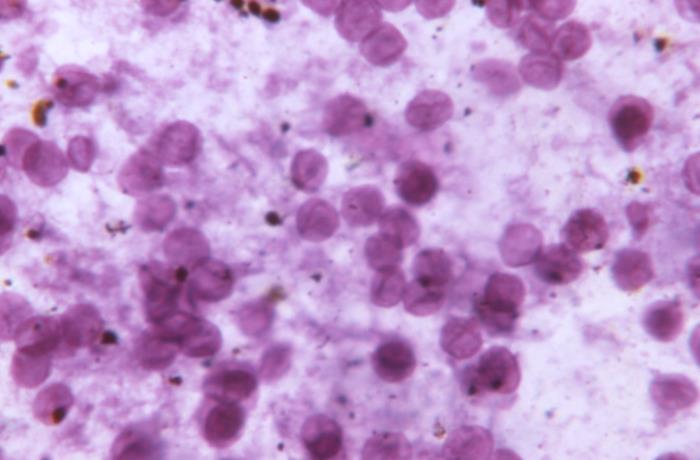
General Characteristics Basic features of Pneumocystis Pneumocystis is a yeast-like fungus. Clinically relevant species P. jirovecii (formerly known as P. carinii) causes pneumocystis pneumonia (PCP). Epidemiology and Pathogenesis Epidemiology Reservoir The reservoir for P. jirovecii is unknown, but immunocompetent humans may play a role. Transmission P. jirovecii spreads through airborne transmission. Host risk factors Pneumocystis […]
Dermatophytes/Tinea Infections

Overview General characteristics of dermatophytes Classification of tinea infections Tinea infections are classified and named by the body region affected. Pathogenesis Reservoir Transmission Host risk factors Pathophysiology Clinical Presentation Signs and symptoms are similar between the tinea infections, with some minor differences depending on the body region affected. Lesions tend to be well-demarcated, annular, peripheral […]
Minimal Change Disease

Overview Definition Minimal change disease (MCD) is a primary glomerular disorder of unclear etiology that causes nephrotic syndrome. The term “minimal” refers to the minimal structural changes of the glomeruli when observed under light microscopy. Epidemiology Etiology Pathophysiology Clinical Presentation Diagnosis Management Management Classification based on response to corticosteroids Complications Differential Diagnosis References
Intestinal Ischemia
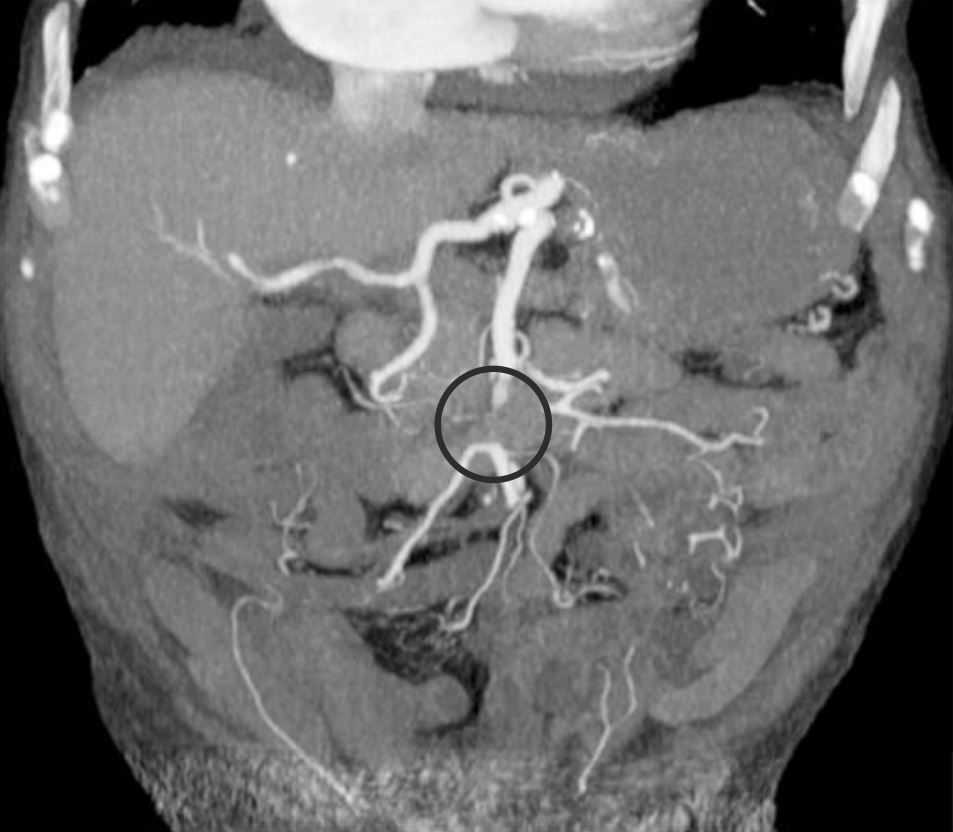
Overview Definition Intestinal ischemia is a decrease in blood flow to the intestines resulting in hypoperfusion that may lead to bowel infarction. Mucosal sloughing occurs after approximately 3 hours of ischemia, and necrosis occurs after approximately 6–12 hours of ischemia. Types of intestinal ischemia Epidemiology For all types, intestinal ischemia primarily affects adults > 60 […]
Constipation

Overview Definition Constipation is a symptom generally defined as bowel movements < 3 times per week; stools are frequently difficult to pass. Epidemiology Classification Constipation can be classified as either primary or secondary, as well as by duration (acute or chronic). Etiology Primary constipation Primary constipation, also known as functional constipation, is when there are […]
Hypocalcemia

Calcium Homeostasis Calcium Calcium is the most abundant mineral in the human body; 99% is found in bone. Calcium in the blood exists in 3 forms: Levels: Importance of calcium: Calcium regulation Bone, intestine, and kidneys are involved in homeostasis. Key elements of calcium regulation: Etiology Associated with ↑ PTH: Hypoparathyroidism (↓ PTH): Drug induced: […]
Chronic Myeloid Leukemia
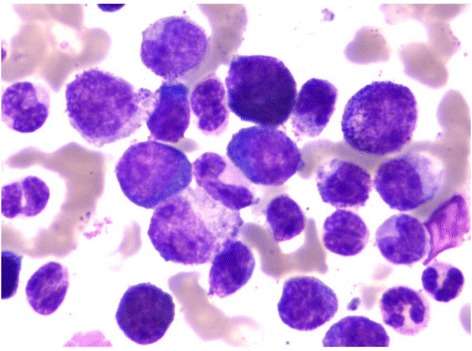
Overview Definition Chronic myeloid leukemia is a chronic myeloproliferative neoplasm characterized by uncontrolled and dysregulated proliferation of the granulocytic lineage (mature and maturing cells), with a maintained capacity for differentiation. Chronic myeloid leukemia is also known as chronic myelocytic leukemia or chronic myelogenous leukemia. Epidemiology Etiology Pathophysiology Hematopoiesis Hematopoiesis starts with a hematopoietic stem cell, […]
Hypercoagulable States
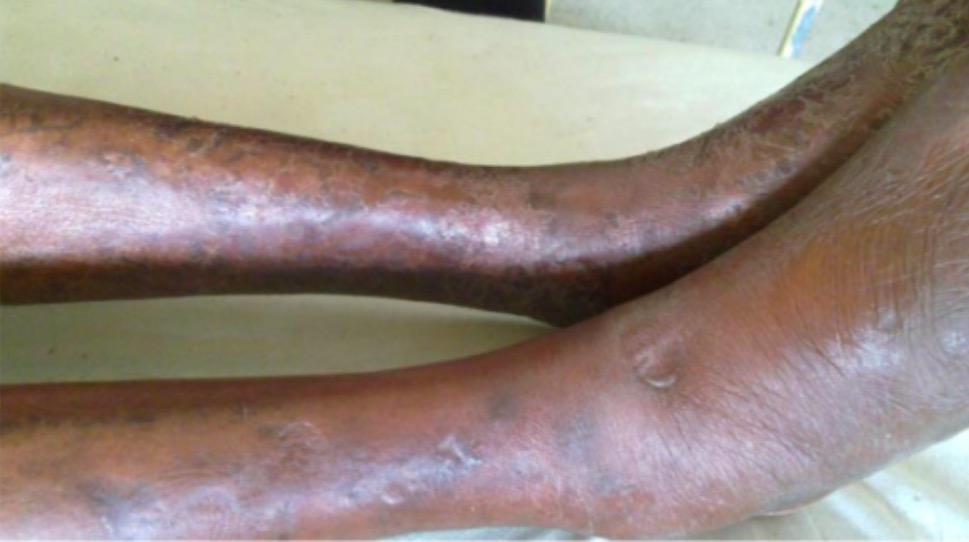
Overview Definition Hypercoagulability, also referred to as a thrombophilia, refers to the increased tendency for blood to form clots, known as thrombi. Hypercoagulable states can be inherited or acquired. Epidemiology Prevalence of inherited thrombophilias: Table: Prevalence and risk of venous thromboemolism (VTE) in inherited thrombophilias Condition Prevalence Risk of VTE Factor V Leiden 3%–7% 4.3% […]